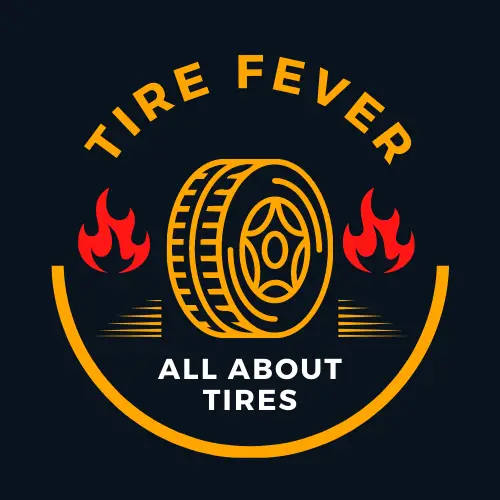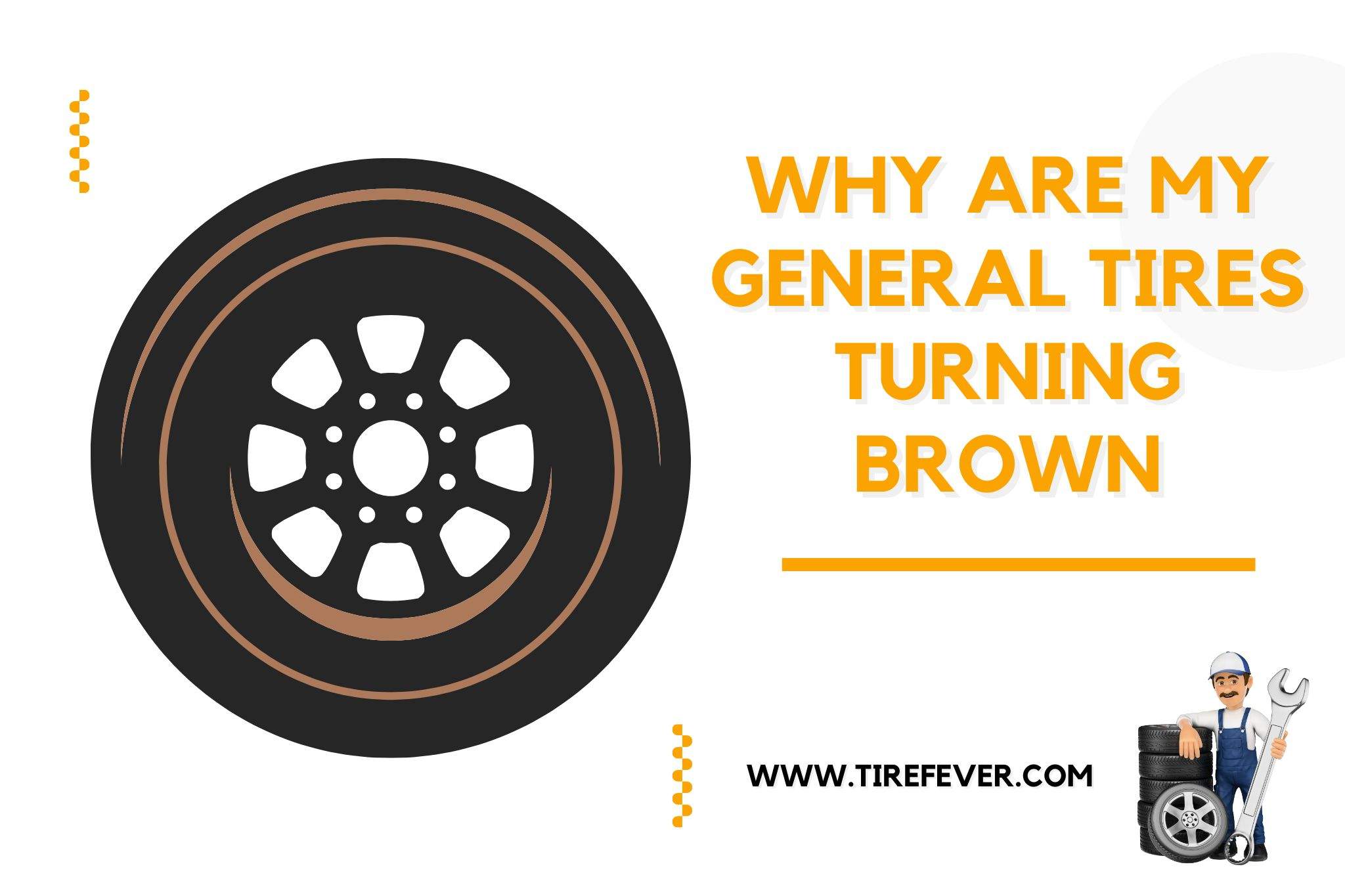Ever found yourself noticing an unusual hue on your General tires, prompting you to ask, “Why are my General tires turning brown?” This perplexing tire discoloration is an issue that has baffled many car owners, leaving them in search of a concrete explanation.
In this blog post, we will delve into the mystery surrounding your brown General tires. We aim to provide an enlightening discussion that will help you understand the underlying causes of this seemingly strange phenomenon.
So, buckle up and prepare to embark on a journey towards unravelling the secret behind this tire transformation!
why are my General tires turning brown
Your General tires are turning brown due to a process called “blooming,” where antiozonants, used to protect the rubber from ozone and UV damage, come to the surface and react with the air.
These substances can cause a brown discoloration as they migrate out of the tire. Regular cleaning and tire protectant application can mitigate this effect and keep your tires looking newer for longer.
You May Also Like: Nexen Directional Tires Analysis
Causes of General Tire Discoloration
Tire discoloration often occurs due to a process called blooming, where the tire’s rubber compounds react with environmental factors such as ozone, UV light, and road chemicals. This reaction brings certain protective but unsightly chemicals to the surface, resulting in a brownish tint rather than the desired deep black color.
Regular cleaning and maintenance can minimize discoloration, but improper use of harsh cleaners or dressings can exacerbate the issue by breaking down the rubber’s protective layers. Selecting appropriate tire care products and following manufacturer recommendations preserves the integrity of the tire, maintaining both its appearance and performance over time.
Tire blooming & Does it Affect tire performance
Tire blooming, often referred to as tire browning, is a common phenomenon where the rubber on the tire’s surface begins to look dull and brownish due to the migration of antiozonants and other compounds within the rubber. This aesthetic change does not inherently affect the core performance or structural integrity of a tire, including its grip or ability to handle various driving conditions.
However, excessive blooming may indicate that tires are aging or have been exposed to harsh environmental conditions, which could potentially compromise their performance over time. It is crucial for drivers to regularly clean and maintain their tires to mitigate blooming and perform routine inspections, as this will help ensure that any potential issues impacting safety or efficiency are addressed promptly.
How To Prevent General Tires From Turning Brown
To prevent General tires, or any brand of tires, from turning brown, regular maintenance is key. Cleaning your tires with a dedicated tire cleaning solution helps remove dirt and brake dust that contribute to brown discoloration.
In addition to thorough cleaning, applying a UV protectant specifically designed for tires can create a barrier against the elements. Sun exposure accelerates the browning process by breaking down rubber compounds, so parking in shaded areas or using tire covers when stationary for extended periods can also help preserve the original color of your tires.
Also Read: Nexen Tire Browning Causes
How Do you Remove Browning From General Tires?
To remove browning from General Tires, start with a thorough cleaning to eliminate all surface dirt and grime. Use a dedicated tire cleaner or a mild soap solution; apply it liberally with a tire brush, scrubbing in circular motions to ensure you reach into the tread and sidewall textures where discoloration often hides.
After cleaning, rinse the tires thoroughly with water to wash away the loosened dirt and cleaner residue. For stubborn browning, you might need to use a specialized tire-cleaning product designed to break down the antiozonants and other compounds that contribute to browning. Ensure that these products are suitable for use on your specific General Tires to prevent any damage.
Maintaining your tires with regular cleaning can prevent browning from reoccurring. Protecting them with a tire protectant after each wash can also help keep them looking new, as these products create a barrier that resists the buildup of grime and harmful UV rays which can accelerate discoloration over time.
Overall General Tire Maintenance And Care
Regular tire inspections are essential for maintaining vehicle safety and performance. Check your tires monthly for wear and tear, examining the tread depth and looking for any signs of uneven wear, cracks, or foreign objects that could cause a puncture.
Ensuring proper tire inflation is crucial; both overinflation and underinflation can lead to compromised handling, increased wear, and potentially dangerous blowouts. Use a reliable tire pressure gauge to check your tires when they are cold (before driving or at least three hours after driving), aligning with the manufacturer’s recommended pressure levels usually found on the driver’s side door jamb or owner’s manual.
Rotating your tires is important to achieve uniform wear across all tires, which extends their life and maintains balanced handling. Aim to rotate them every 5,000 to 8,000 miles following your vehicle manufacturer’s guidelines; this process can often be done during regular oil changes for convenience. Remember also that weather conditions affect tire performance – winter tires are necessary in snowy climates while all-season tires might suffice in milder regions.
Also Read: Nitto tires browning causes and solutions
Final Thoughts
General tires can turn brown due to a natural process called blooming, where protective substances in the rubber, such as antiozonants, rise to the surface and react with the air to cause discoloration.
Regular washing and applying tire protectants can help prevent this browning effect. It’s important to use appropriate cleaners and maintain your tires properly, not only for aesthetic reasons but also to ensure their performance and longevity.
Over time, environmental exposure may lead to wear that could affect your driving experience; thus, routine inspections and maintenance are crucial for keeping your tires in good condition.
This post contains affiliate links. Read the full disclosure here.


I am passionate about all things automotive and have a deep understanding of the topic. As a mechanic, I use my free time to share knowledge of everyday challenges that any car owner can experience – helping you make informed decisions about tires.

